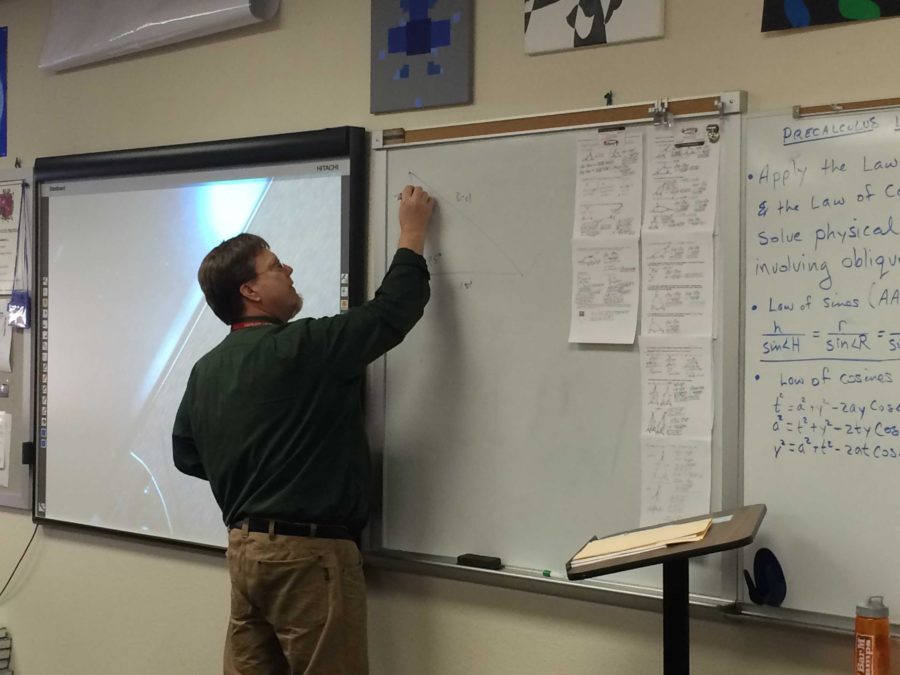Flipping the classroom may not improve effectiveness
The math department has implemented a new system allowing students to change quiz grades if they receive a higher test score.
November 17, 2014
Homework. A noun describing countless papers and hand cramps that plague students when they leave school each day. Traditionally, students learn in class and practice at home. But with flipped classroom learning in some of the upper level classes at the high school, students learn at home through video lessons and do their homework in class with the help of their teachers and peers.
“In my situation a flipped classroom is where the students actually do their lessons and their notes outside of class,” AP Calculus teacher Keith Christian said. “Then what used to be homework, all of their assignments are done in class.”
This type of learning has some strong supporters on campus even though some researchers question its effectiveness.
“The best thing that I see is when the students are working on their homework assignments, I’m there so if they have questions they can get those addressed immediately, and they’re not having to do them at home and then wonder about something, or come in for tutoring,” Christian said.
Students think the flipped classroom provides more time to soak in the material.
“A good thing [about flipped classroom learning] is that I really get to learn and take notes at my own pace,” junior Rachel Kuhn said. “You can also watch the videos as many times as you want to.”
The teachers appreciate the flexibility of a flipped classroom.
“A benefit of the flip is that students go through the lectures outside of class so they will come in on about the same level,” Pre-Calculus teacher Randy Brooks said. “Some it may take them 15 minutes and some it may take an hour and a half. It also really helps with the students in extra curriculars who get pulled out of class a lot because we have the videos outside of class, so they can go back in.”
While many students appreciate this type of learning, there are some that don’t like it.
“[Sometimes I do not like flipped classroom because] you lack the in-class learning that sometimes helps make things click,” Kuhn said. “I struggle with flipped classroom and [I] like when I’m physically in the room when [the teacher] explains so I can ask questions right on the spot.”
While there are both pros and cons to this type of learning, it can help the school district.
“I think that [flipped classroom] is just a more efficient model. It gives students the immediate help that they need on more complicated assignments,” Christian said. “I think that with Lovejoy expecting students to take the Pre-AP and the AP classes, having that support is what we are after.”




